The views expressed in our content reflect individual perspectives and do not represent the authoritative views of the Baha'i Faith.
In “Baha’u’llah Frees the Slaves: The Universal Emancipation Proclamation, Part 2” (Jan. 13, 2014), we announced a discovery. Nader Saiedi, UCLA’s Taslimi Foundation Professor of Baha’i Studies, found a remarkable “Tablet” by Baha’u’llah, prophet-founder of the Baha’i Faith.
In late December, 2012, Dr. Saiedi was working with a few other individuals and teams of researchers, fluent in both Arabic and Persian, to create an indexed inventory of the complete Writings of Baha’u’llah. A huge undertaking commissioned by the Universal House of Justice, this ongoing project will probably take years to complete.
In the course of this inventory in the International Baha’i Archives, located in Haifa, Israel, Dr. Saiedi made an extraordinary discovery — one of perhaps world-historical proportions, if indeed it is true that Baha’u’llah’s abolition of slavery was the first in the history of the world’s religions.
This Tablet, it should be noted, is undated. However, together, Dr. Saiedi and I now propose this theory as to the circumstances of its revelation:
Known as Mirza Buzurg, Baha’u’llah’s father was a former vizier to the Shah’s twelfth son, then later appointed governor of the province of Luristan in Persia (now Iran). Mirza Buzurg owned a number of slaves. Slaves were common throughout Persia in the 19th century, as elsewhere in the world, including America. Mirza Buzurg died in 1839. Baha’u’llah never purchased nor owned slaves, but probably inherited his father’s slaves, considered property that would be passed from father to son.
Baha’u’llah strongly disapproved of slavery. So what did Baha’u’llah do with these slaves, upon Mirza Buzurg’s death? Baha’u’llah set them free! In the 1830’s, an action like this was unheard of, especially in Persia.
How do we know this? Dr. Saiedi has discovered a key piece of evidence — Baha’u’llah’s written, autobiographical account, which has not only historical value but remarkable spiritual value, as well. Most of the Arabic text has been carefully transcribed by Dr. Saiedi, who now offers his provisional translation into English, published here for the very first time.
What is even more interesting is that this remarkable Tablet is cast in the form of a prayer, to God:
Sanctified art Thou, O my God! At this moment, one slave (mamlūk) is standing before another slave and seeks, from him, his freedom.
Yet his owner, himself, is naught but a slave of Thee, a servant in Thy Threshold, and absolute nothingness before the manifestations of Thy Lordship.
Standing before Thee, I bear witness, at this very moment, to that which Thou hast testified by Thyself for Thyself, that verily Thou art God and there is none other God but Thee …
All mighty kings are mere slaves before the gate of Thy grace, and all the wealthy are the essence of poverty in the shore of Thy holy dominion, and all the exalted are abject lowliness within the glorified court of Thy bounty.
Notwithstanding this, how then can this slave claim for himself ownership of any other human being? Nay, his existence is a mere crime, graver than any sin in Thy kingdom …
And now, O my God, since that servant hath asked from this servant his freedom, therefore, I call Thee to witness, at this moment, that I am setting him free in Thy path, liberating him in Thy name, and emancipating his neck from the chain of servitude, so that he may serve Thee in the daytime and in the night season, longing that my neck would never be relieved from the cord of Thy servitude.
This verily is my most cherished desire and my supreme end. – Baha’u’llah, unpublished Tablet (A08212). Provisional translation by Nader Saiedi, Ph.D.
Who is this slave Baha’u’llah sets free? Dr. Saiedi believes that it is none other than Isfandiyar, whose story I told in “The Races – Robed in Black or White: The Universal Emancipation Proclamation, Part 4.”
Again, the year is 1839. Mirza Buzurg had just died. Isfandiyar stands before Baha’u’llah. Isfandiyar asks Baha’u’llah to set him free.
Baha’u’llah grants Isfandiyar’s wish, but does so in a most extraordinary way, in dignified humility, clearly showing that both Isfandiyar and Baha’u’llah himself, as human beings, are equals in the sight of God.
Thus this unpublished Tablet predates what we have previously referred to as Baha’u’llah’s “Universal Emancipation Proclamation” of 1873, by some 33 or 34 years.
In fact, Baha’u’llah uses the very same reasoning that he would use when promulgating the first formal prohibition of slavery in the history of religion, in this divine decree:
It is forbidden you to trade in slaves, be they men or women. It is not for him who is himself a servant to buy another of God’s servants, and this hath been prohibited in His Holy Tablet. Thus, by His mercy, hath the commandment been recorded by the Pen of justice. Let no man exalt himself above another; all are but bondslaves before the Lord, and all exemplify the truth that there is none other God but Him. He, verily, is the All-Wise, Whose wisdom encompasseth all things. – Baha’u’llah, Kitab-i-Aqdas, Par. 72.
According to Abdu’l-Baha, Isfandiyar, now gratefully freed from the bonds of slavery, chose to remain as Baha’u’llah’s faithful servant, until 1852, when Baha’u’llah was imprisoned in Tehran’s “Black Pit,” and Isfandiyar’s life was placed in mortal danger. (See “The Universal Emancipation Proclamation: Part 1.”)
Thanks to the resourcefulness of Baha’u’llah’s wife, Navvab, the Governor of Mazandaran, Mirza Yahya Khan, gave Isfandiyar shelter and protection. The Governor then engaged Isfandiyar as his head servant, placing him in charge of all the affairs of the his household — a privileged and prestigious position that Isfandiyar held for the rest of his life.
On July 1, 1839, 53 Africans from Sierra Leone — captured by Portuguese slavers — seized the Cuban schooner, Amistad, destined for a Caribbean plantation. On August 24, 1839, the Amistad was seized off Long Island, NY. Imprisoned, their case was heard by the Supreme Court in January 1841. Former President John Quincy Adams defended the Africans’ right to fight to regain their freedom.
In 1839, the transatlantic slave trade was illegal. But ownership of slaves was perfectly acceptable in Persia at that time.
So Baha’u’llah’s 1839 liberation of Isfandiyar was well in advance of developments throughout much of the world (as in the American South, the Trans-Sahara and Red Sea/Indian Ocean regions and elsewhere), although some other countries (such as Portugal, Scotland, France, England, Mexico, Haiti et al.) had abolished slavery (with exceptions and anomalies in enforcement). Notwithstanding, Baha’u’llah’s 1873 abolition of slavery as a decree from God may well be characterized as a “Universal Emancipation Proclamation” with great moral force, albeit without immediate secular effect.
©2014 by Christopher Buck.
You May Also Like
Comments



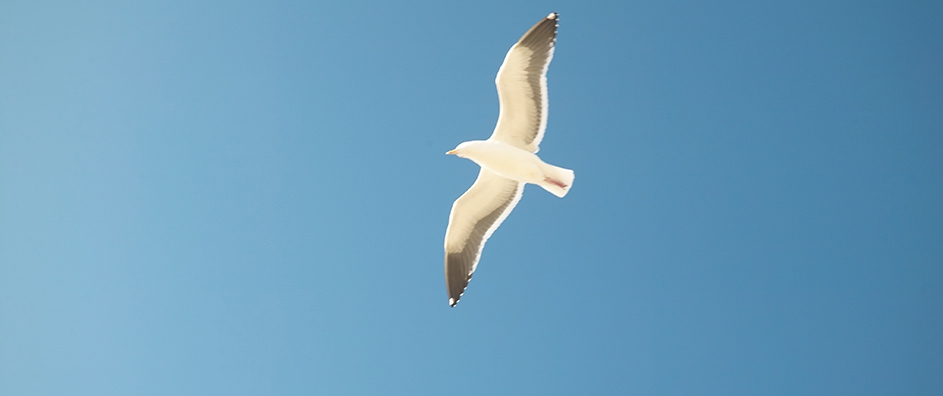
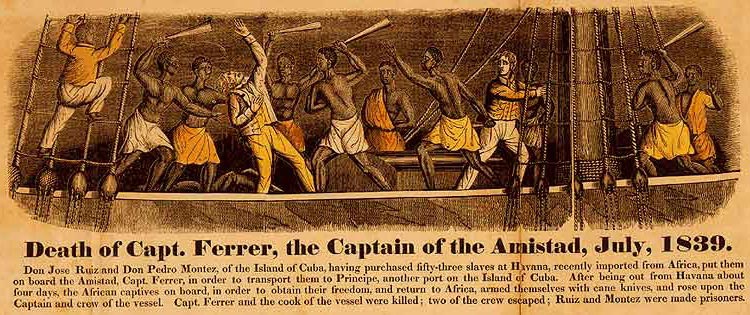

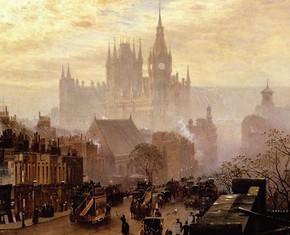
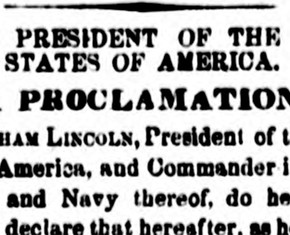
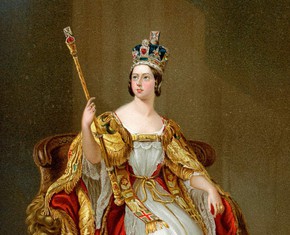



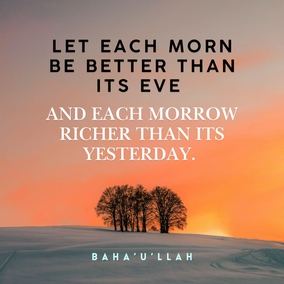
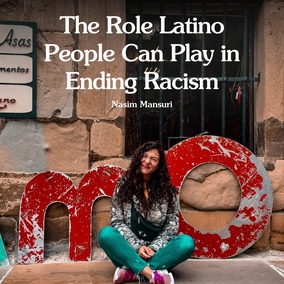




For the original Arabic and authorized translation, see “The Slave’s Prayer of Freedom” (Part 18 in Series: The Universal Emancipation Proclamation) and click on the link: “See the original Arabic and full translation here: Mubarak Prayer.”
Also, you might wish to revise some of your assumptions. Baha’u’llah did reveal ...Tablets in Arabic during the Baghdad period. Quite a number, in fact. In the Book of Certitude, for instance, Baha’u’llah refers to one of his prior Arabic texts, understood to be the Gems of Divine Mysteries. There are many more well-known examples of Baha’u’llah’s Arabic Tablets revealed during the “Days of Concealment.”
1-If possible I would like to see the text of the Arabic Tablet.
2- I don't want to disappoint you but I highly doubt the authenticity of this Tablet for two reasons: a- Baha'u'llah was not in the habit of revealing Tablets back in those days when this tablet was supposedly released. b- Baha'u'llah only started writing in Arabic years after he was exiled to Iraq. Before this it was Persian. Even his earlier works Kitab-i Badi and The Book of Certitude were authored in Persian.
The fact that Iran banned slavery far later in 1928 (the process began in 1848 but proceeded slowly and never seemed to garner much of an abolitionist approach) seems to make these early stances whether in 1830s or 1870s stand out all the more.
Could even the mention of black slaves in the 1940s in Baha'i publications (God Passes By and the Dawnbreakers) be stand-out achievements in facing the history that general Persian society had ...done by then? A lot of the commentary above suggests that Persians were largely busy forgetting slavery and instead began to think it only an American institution since we were so public about the problem and the change. Look around https://en.wikipedia.org/wiki/Abolition_of_slavery_timeline#1900.E2.80.93present and see that slavery (strictly speaking) persisted in various kinds way into the 1900s.